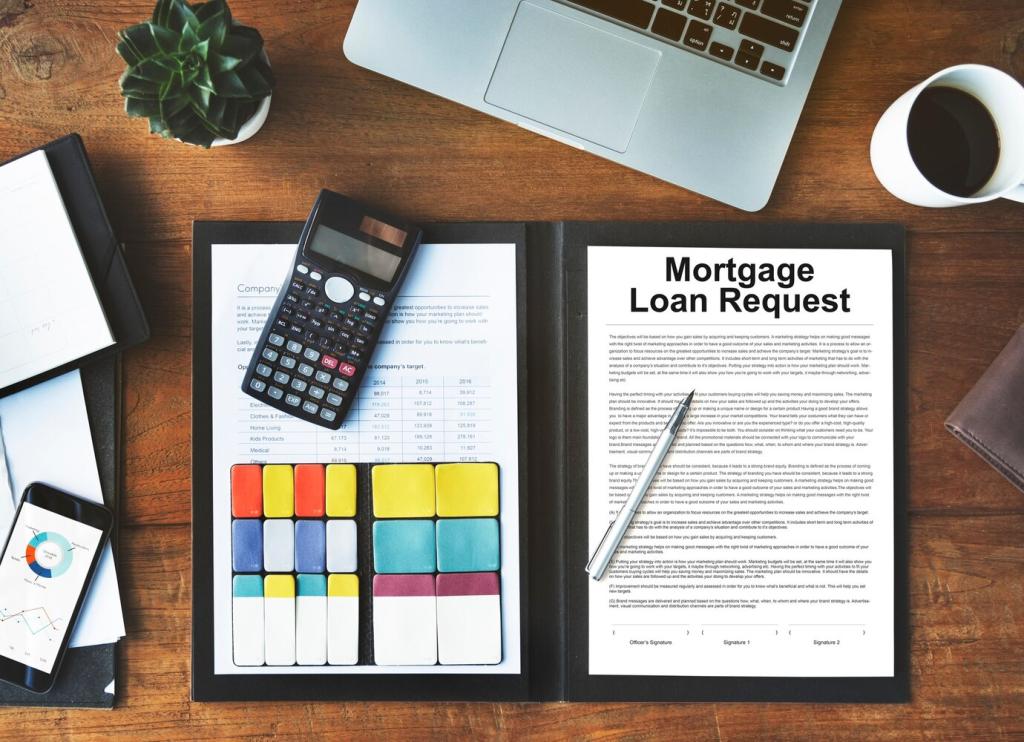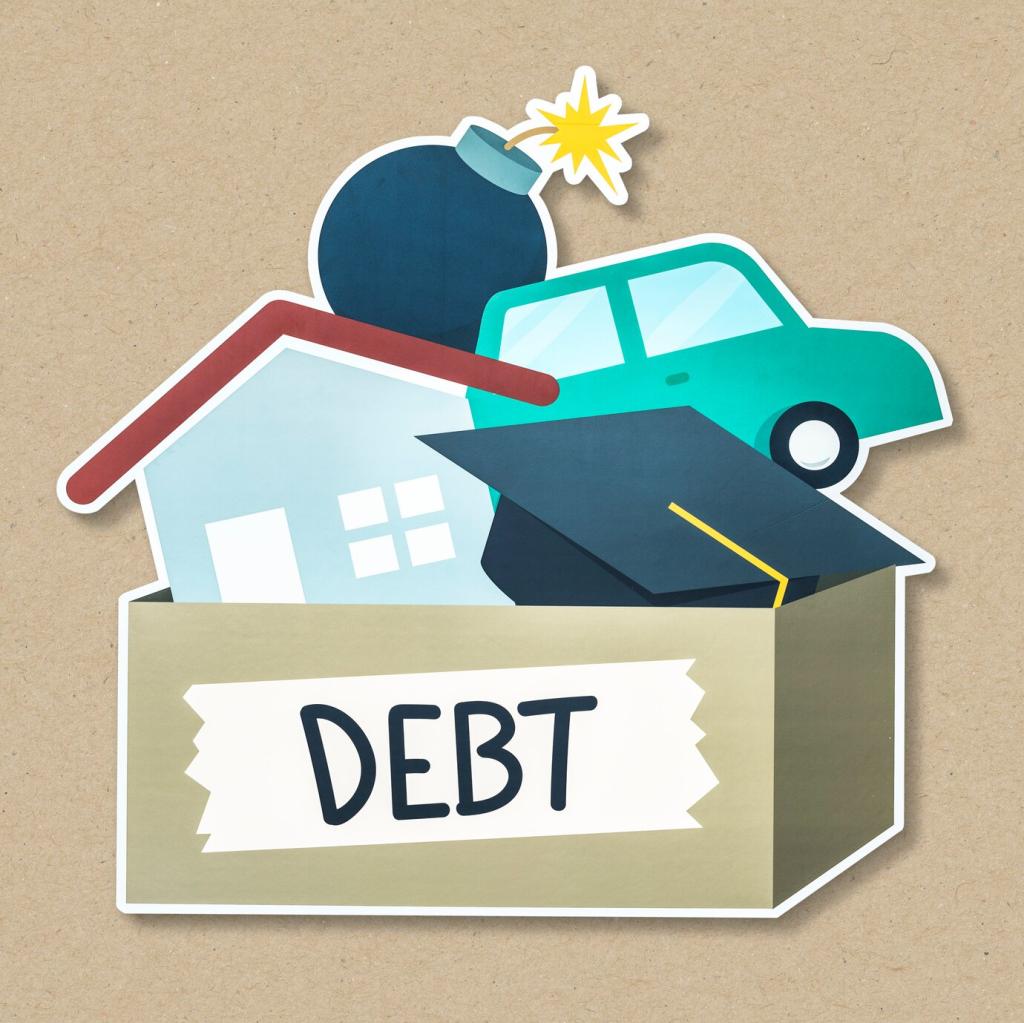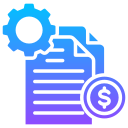
Analyzing Risk and Reward: Investments vs. Debt Repayment
Today’s chosen theme: “Analyzing Risk and Reward: Investments vs. Debt Repayment.” We’ll unpack numbers, behavior, and real stories so you can decide where each extra dollar does the most good.
First Principles: What Risk and Reward Really Mean
Market swings look dramatic, but risk also means cash flow strain, missed payments, or losing flexibility when emergencies hit. Paying down debt reduces fixed obligations, while investing courts market uncertainty for potential long-term growth.
First Principles: What Risk and Reward Really Mean
A higher return sounds great, yet the feeling of fewer bills and greater breathing room is a powerful reward. Evaluate both financial yield and life impact when comparing investing to immediately eliminating costly debt.
The Math That Matters: APR, Expected Return, and Time
A 7% expected market return isn’t equal to a guaranteed 7% interest avoided. Adjust for taxes, fees, volatility, and uncertainty. Guaranteed savings from high-interest debt payoff often outmuscle optimistic projections.
The Math That Matters: APR, Expected Return, and Time
Compound interest is a miracle when investing, yet a menace when carrying high-rate balances. The longer expensive debt lingers, the harder investments must work just to keep pace with rising liabilities.


Behavioral Realities: Peace of Mind as a Metric
The sleep-at-night index matters more than perfection
A mathematically optimal plan that you abandon beats you in real life. Pick a path—investing or debt payoff—that you can follow consistently during boring months and turbulent headlines alike.
Loss aversion and regret minimization
People fear losses more than they value equivalent gains. If market dips would cause panic selling, prioritize debt payoff first. If missed compounding would haunt you, automate steady investing and stay the course.
Automation beats willpower every time
Set automatic transfers: extra payments to high-interest balances and recurring investment contributions. Systems reduce decision fatigue, making your resolutions survive busy seasons, market noise, and occasional bouts of self-doubt.

Know Your Debt: Priorities and Nuances
Credit cards and payday loans typically deserve immediate attention. Their guaranteed, high-cost drag undermines progress. Paying them off is like earning a risk-free, tax-advantaged return that’s hard to beat elsewhere.
Index funds vs. the guaranteed return of payoff
Broad index funds offer diversified growth but can be volatile. Paying high-interest debt gives a certain return. Weigh the psychological comfort and guaranteed savings against potential market upside over decades.
Bonds, CDs, and guaranteed products
Lower-volatility instruments can complement a partial debt payoff plan. They won’t match equity upside long term, but they cushion downturns and support steady progress without jeopardizing essential cash flow.

A simple flow to get unstuck
Secure an emergency fund. Eliminate toxic, high-interest balances. Capture employer matches. Compare after-tax expected returns to debt rates. Split discretionary dollars if trade-offs are close and your motivation rises with balance.

Stress-testing assumptions for real life
What if markets underperform for five years? What if your hours get cut? Model rough patches. If your plan still holds, proceed; if not, shift more toward debt payoff or cash buffers.
Real-World Case Studies: Numbers Meet Humanity
With limited savings, they prioritized an emergency fund, then attacked the card with avalanche payments. Investing waited six months. Result: stabilized cash flow, confidence grew, and future investing felt sustainable.
They contributed enough to capture the full match, then split extra cash between mortgage prepayments and index funds. The blend satisfied math and mindset, and kept motivation high through market dips.
Cash buffer came first, then aggressive payoff on a lingering 12% line of credit. Once stabilized, they ramped into a diversified portfolio, preserving flexibility while still compounding toward long-term goals.



